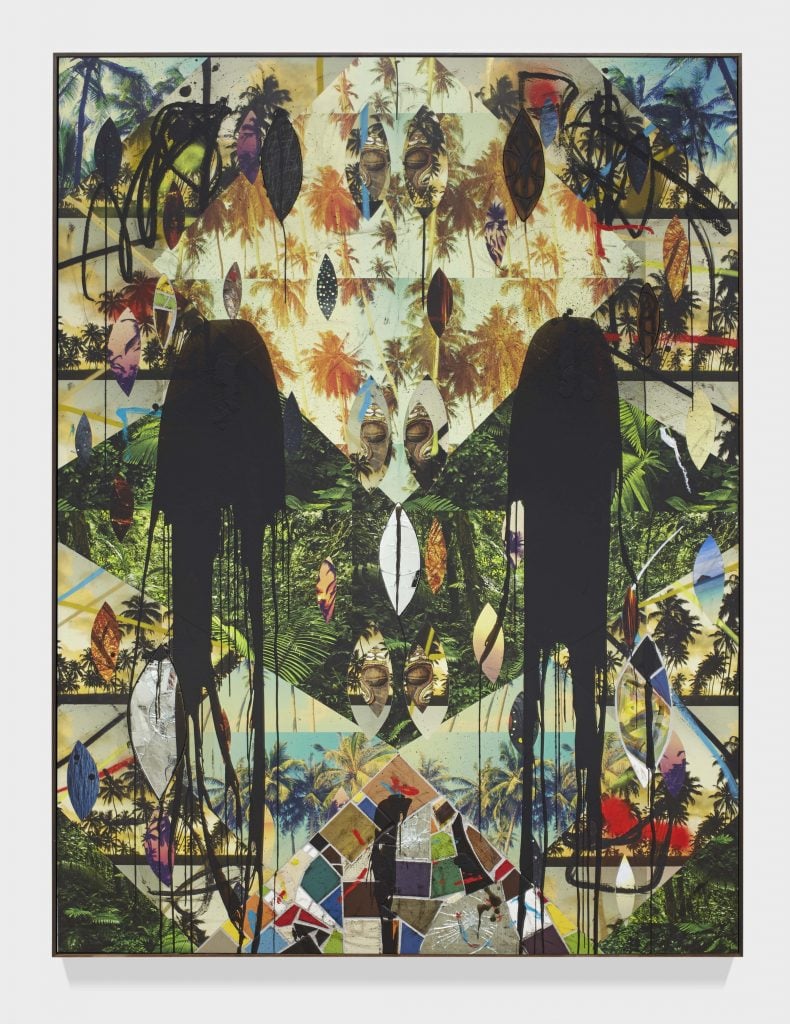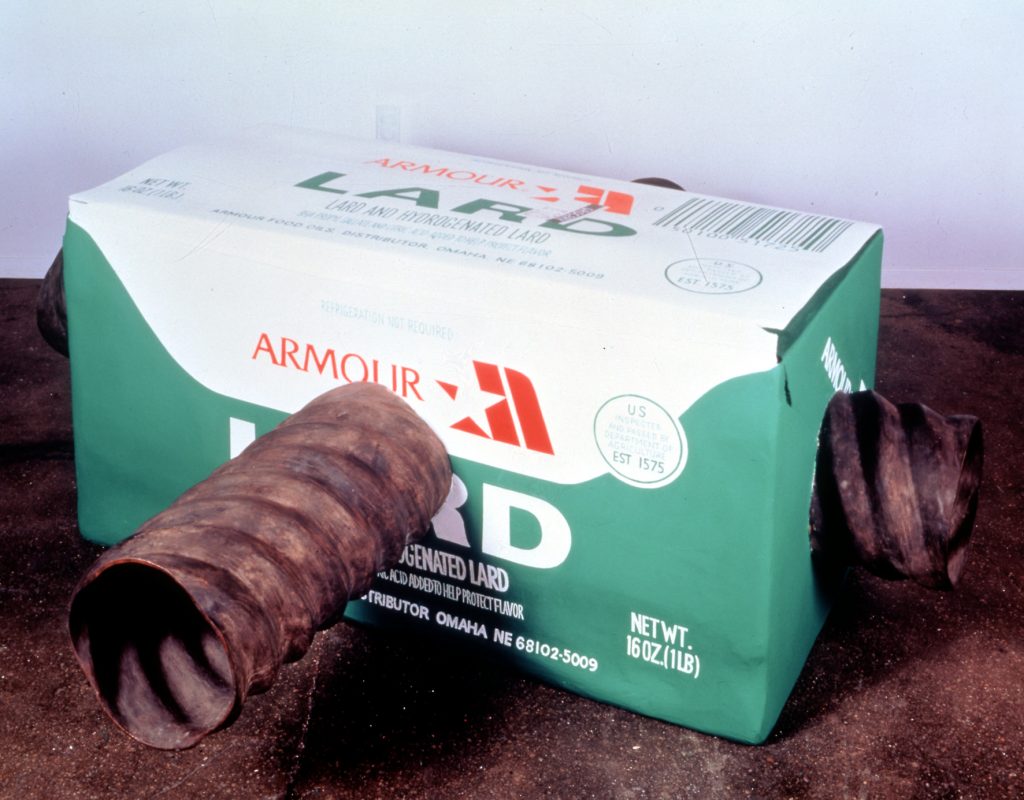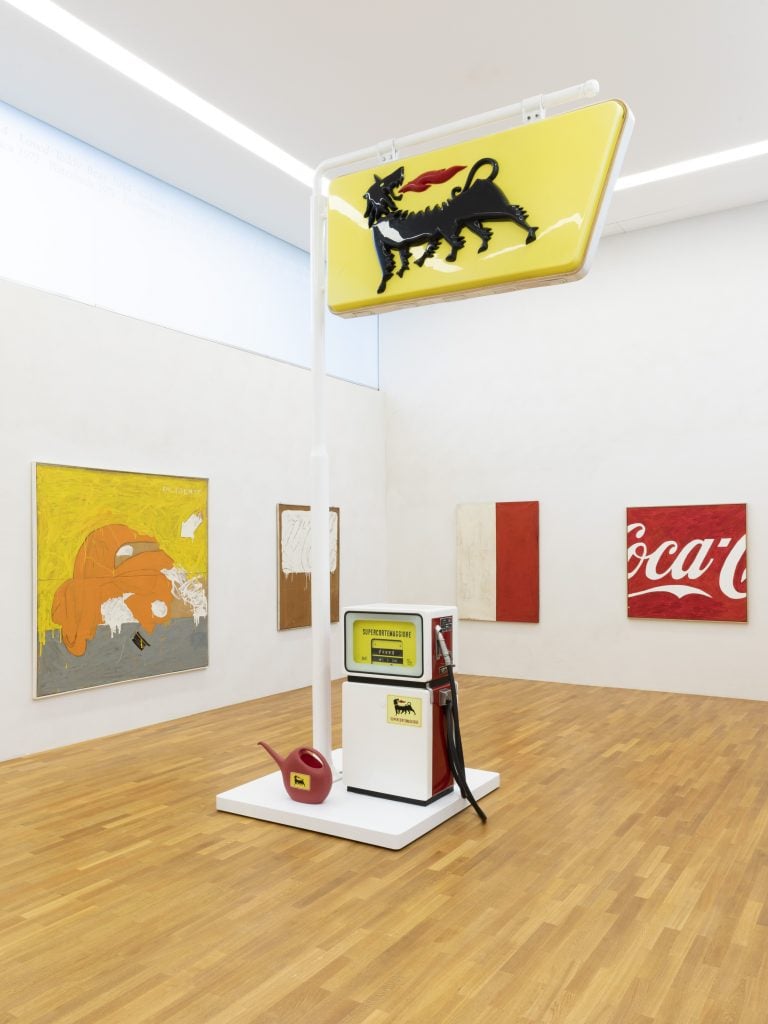People
What I Buy & Why: German Collector Ingvild Goetz on Her Quest to Find the Ultimate Gutai Works and Why She’ll Never Put Art in the Bathroom
The Munich collector walks us through the highlights of her art collection of 5,000 works.

The Munich collector walks us through the highlights of her art collection of 5,000 works.

Kate Brown

Over the past three decades, the Munich-based collector and former dealer and publisher Ingvild Goetz has created an enviable art collection of more than 5,000 works, including examples by the YBAs, Arte Povera artists, and more recent pieces by artists such as Mike Kelley, Rashid Johnson, and Peter Fischli and David Weiss.
Recently, Goetz donated her collection’s building and 375 works to the state of Bavaria. She put the rest of the collection on permanent loan for an initial period of 10 years, and gave the Pinakothek der Moderne and the Haus der Kunst (both in Munich) and the Neues Museum In Nuremberg preferential access. Her cross-genre approach to collecting gives curators plenty of angles from which to approach her collection.
Since January, several works have been on view at the Haus der Kunst in the Goetz Collection’s permanent space there, which was created when Goetz donated part of her collection to the state government. The show, called “Brainwash,” looks at works that borrow from commercial strategies, and includes pieces by Wolfgang Tillmans, Shana Moulton, and Ryan Gander.
But, of course, that does not mean Goetz has stopped collecting art. Quite the contrary. We spoke with the collector about her buying habits, and why she wishes she could have a work by Louise Bourgeois all to herself.

The exhibition building of Sammlung Goetz. Architecture: © Herzog & de Meuron, Zurich. Photo: Wilfried Petzi
What was the first piece of art you purchased?
It was a graphic portfolio by Eduardo Paolozzi, which I acquired in 1969. I bought it from the filmmaker Ulrike Ottinger, who ran an exhibition space in Konstanz, Germany, at the time.
What were your most recent purchases?
Three picture-objects by the Japanese Gutai artist Minoru Onoda from the 1960s; the 2013 steel sculpture Third Sister by the German sculptor Thomas Schütte; and a new large-format work by the American artist Rashid Johnson.

Rashid Johnson, Untitled Escape Collage (2019). © the artist. Courtesy of David Kordansky Gallery, Los Angeles and Sammlung Goetz, Munich. Photo: Martin Parsekian
Which works or artists do you hope to add to your collection this year?
I continue to look for works by members of the Japanese Gutai group and new pieces by Thomas Schütte. I have works from nearly all his creative periods in my collection. I am also drawn to interesting positions in contemporary art, such as that of the German painter Kerstin Brätsch.
What are the most expensive works of art you own?
Those are probably my pieces by Louise Bourgeois and Robert Gober.

Robert Gober Lard Box (1994-1995) © the artist. Courtesy Sammlung Goetz, Munich. Photo courtesy Matthew Marks Gallery.
Where do you buy art most frequently?
I buy works from galleries and art dealers, as well as at fairs and auctions. Since I am usually looking for something unusual, I exhaust all my possibilities.
Is there a work you regret purchasing?
That is my secret.
What work do you have hanging above your sofa or in your bathroom?
A three-dimensional picture-object from 1961 by the Japanese artist Minoru Onoda hangs above my sofa. I bought it last year in a gallery in Basel. The only thing hanging in my bathroom is the shower hose. For conservation reasons, I would never install an artwork in a bathroom.

View of the exhibition “Tutto. Perspectives on Italian Art” at Goetz Collection. © Mario Schifano/VG BILD-KUNST Bonn, 2020. Courtesy Sammlung Goetz, Munich. Agip fuel dispenser and light sign: courtesy Die Neue Sammlung – The Design Museum, Munich. Photo: Thomas Dashuber
What is the most impractical work of art you own?
In my collection there are some large-format installations by important artists that can only be assembled by experienced exhibition technicians. The most impractical one, however, is a neon work by Jason Rhoades with 96 parts. These hang from the ceiling and have to be individually fixed there with hooks. If I installed this work in my home, the ceiling would look like Swiss cheese afterwards.
What work do you wish you had bought when you had the chance?
My dream would be to own one of Jannis Kounellis’s paintings bearing lines of sheet music, like those he exhibited at Documenta in Kassel in 1972. I own a number of his works, but unfortunately, I have no sheet music of his in my collection.
If you could steal one work of art without getting caught, what would it be?
A large spider sculpture by Louise Bourgeois, like “Maman” from 1999. It is permanently displayed in front of the Guggenheim Museum in Bilbao. It is over nine meters tall and weighs more than 8,000 kilograms. In order to be able to steal it, I would need a number of helpers!